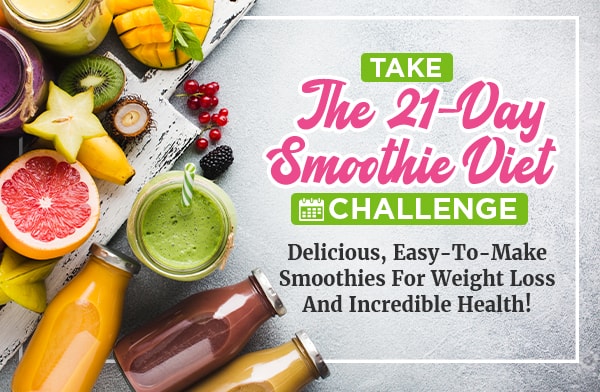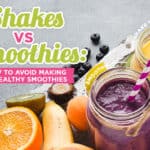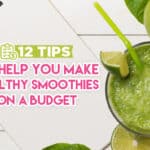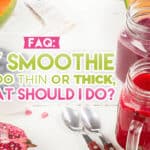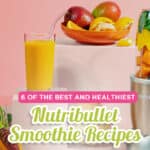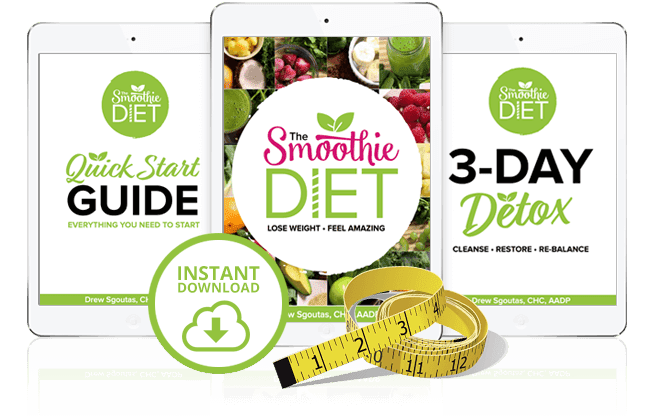15 Smoothie Mistakes and How You Can Avoid Them
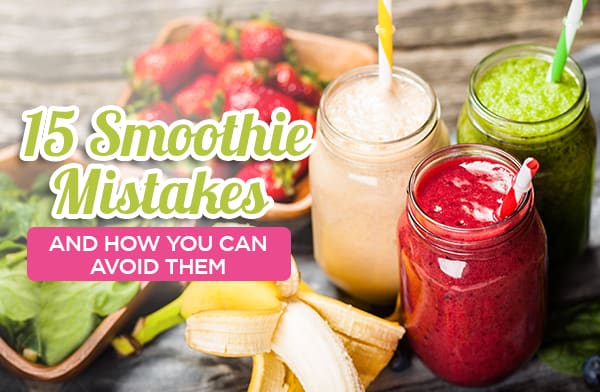
I’m a big fan of smoothies, as you might imagine. I’ve helped thousands of people build healthy habits through the use of smoothies, both as a temporary program to help lose weight and as an ongoing change to their diets.
In all this time, I’ve also seen people make every possible mistake under the sun. Some of these mistakes relate back to the ingredients you’re using or even just how much of them you’re using. Others are more tied into your other dietary habits, what else you eat, and how you eat smoothies.
I figured it’s about time to help you all out as much as possible, so I’ve taken the time to create this guide. These are all of the major mistakes people tend to make with their smoothies, and information on how to fix them. Most of them will also have links to resources you can read for even more information. Cool, right?
If you have an issue with smoothies that I haven’t covered here, feel free to reach out and let me know. I’d love to talk to you. For now, though, here are the 15 most common mistakes people make with smoothies and how to avoid them.
1: Your Smoothie is Too Thick
When you’re first getting into smoothies, it can take a while to get a handle on how you should make and blend them. Even we pros make mistakes from time to time, especially when trying out a new recipe.
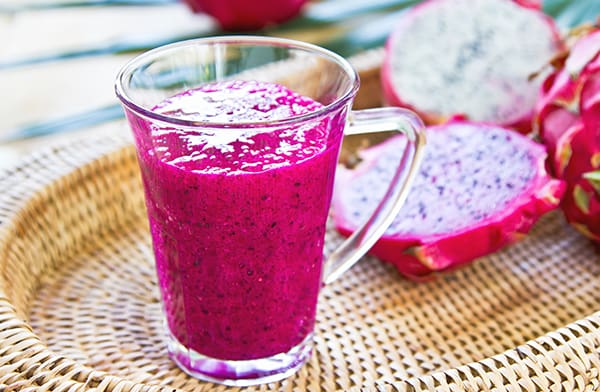
One of the biggest issues is a smoothie that just ends up too thick to drink. Luckily, it’s pretty easy to thin down a smoothie. You can blend it up more, add a bit more liquid, let it warm up a bit, so it’s not as cold, or adjust the balance of ingredients. Often, things like nut butters will thicken up a smoothie more than you expect.
2: Your Smoothie is Too Thin
On the opposite side of the spectrum, it’s pretty easy to accidentally make a smoothie that’s just too dang thin. It tastes more like a thick cream or a juice instead of a smoothie, and while that’s still perfectly drinkable, it’s a little less than pleasant. Some ingredients just don’t taste right when they have the wrong texture, after all.
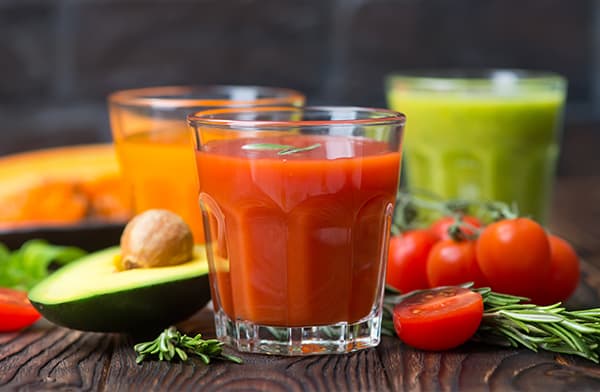
A thin smoothie can be thickened up by adding a thickening ingredient, like a nut butter or oats. You can also adjust what you use as a base or chill it for a while before re-blending it.
For both thick and thin smoothies, I have a full guide with more details over here. Since they’re two of the most common issues, it made sense to write up a complete guide, so I did.
3: Your Smoothie Uses Unhealthy Ingredients
Smoothies are only as healthy as you make them. If your smoothie is full of fruit, ice, sweeteners, and milk, you’re loading up on sugar. Sure, you might have some fiber and vitamins in there, but it’s still not going to be very healthy. I almost never use milk or juice as a liquid for that exact reason.
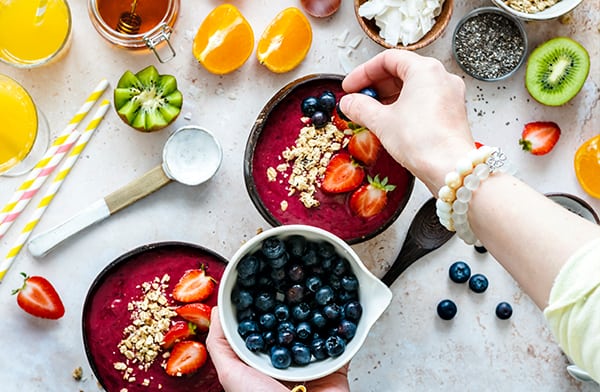
Making a healthy smoothie generally means including a source of protein and fiber, some greens, and a minimum of added sweeteners. You may also want to cut back on high-calorie ingredients. Canned fruit is pretty bad compared to frozen or fresh, especially the stuff in syrup. Flavored yogurts as a base often have a ton of added sugar. Fruit juice is basically candy water.
On the other hand, you should try to add more healthy veggies. A handful of greens is the bare minimum. You can read more about my smoothie recommendations here.
4: Your Smoothies are Too Expensive
I get it. Produce is expensive, especially during the off-season. Depending on where you live, it can be pretty hard to get good-tasting produce that makes smoothies an enjoyable experience.
One of the leading reasons why people fall off of a smoothie habit is the cost. When sugary cereal, a big eggs-and-bacon breakfast, or fast food breakfasts all cost $2 or less, spending $4 or more on the produce to make a smoothie just doesn’t make sense.
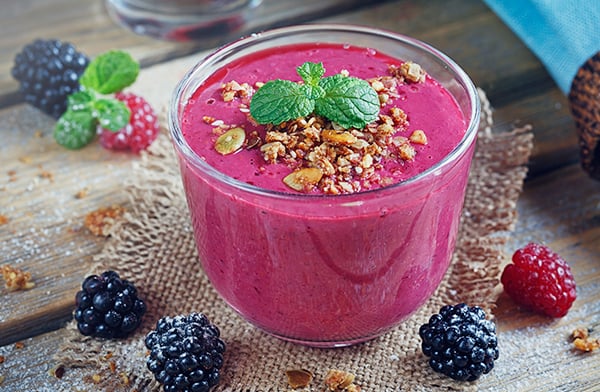
Luckily, there are a lot of ways you can mitigate the cost of smoothies. You can buy ingredients in bulk and store them, you can make large batches of smoothies and freeze them, you can buy frozen produce for some ingredients, and you can – in some cases – even grow your own.
I have a whole guide on lowering the price of smoothies right here if you want more detail.
5: Your Smoothies Don’t Have Enough Greens
If you check out my Smoothie Diet plan, you’ll notice something: every smoothie I recommend has greens in it. I have a bunch of different greens I recommend, including arugula, bok choy, spinach, and kale, and I recommend switching around which ones you use on a regular basis.
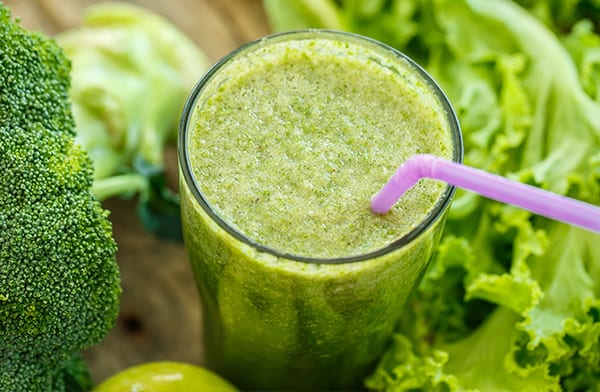
In my experience, if you want a smoothie to be healthy, it needs to have greens of some kind. There’s no debate. Greens are filling and packed with fiber, they have a ton of beneficial vitamins and minerals, and they’re a great filler. They also don’t taste so strong that they become overpowering in a smoothie with fruits and other ingredients.
If you want a more detailed rundown of why I recommend greens, check out this post.
6: You’re Drinking Smoothies Too Often
Smoothies are great, but you shouldn’t have them for every meal.
For one thing, if you eliminate solid foods, you’re going to cause yourself digestion problems. Replacing one meal a day, or replacing two meals a day while including a more substantial healthy snack along the way, is about the most you should do.
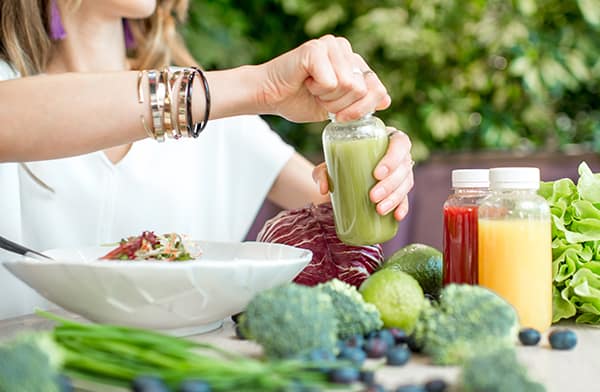
For another, it’s really easy to burn out on enjoying smoothies if you’re drinking them twice a day, every day, and even more so if you’re not changing up the recipe on a regular basis.
Also, while the goal of my Smoothie Diet is weight loss, it’s easy to go overboard and make your smoothies too large, and then you end up not actually cutting calories. It’s a common problem, but it has a simple solution: drink smoothies in moderation.
7: You Aren’t Changing Your Smoothie Routine
It’s all too easy to get bored of smoothies. They all have more or less the same texture, so your only real way to vary them up is to change your recipes. Even still, you’re generally limited to fruity, veggie, or chocolate. Or are you?
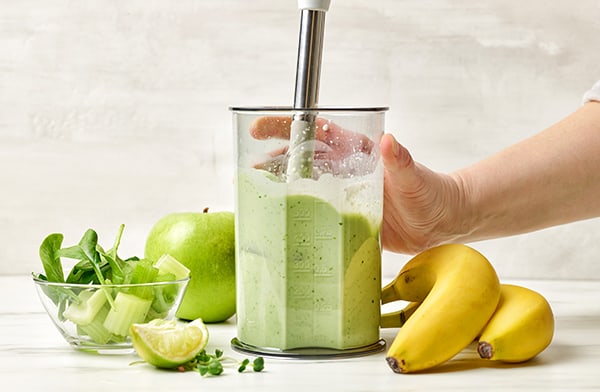
The truth is, there’s a ton of variation on smoothies. One of the biggest mistakes I see people make is adding all of their favorite ingredients to every smoothie, so they all end up tasting the same. You need to be limited to keep variations in flavors. Then, you can build up a recipe book of 10+ smoothies you really like and can pick the most ideal one for the day.
8: You’re Letting Smoothies Go to Waste
Portion control is a huge part of smoothies, and it’s easy to make them just a little too big. Or a lot too big.
How often have you poured your smoothie into a glass, only to find you have a few sips left over that just go to waste?
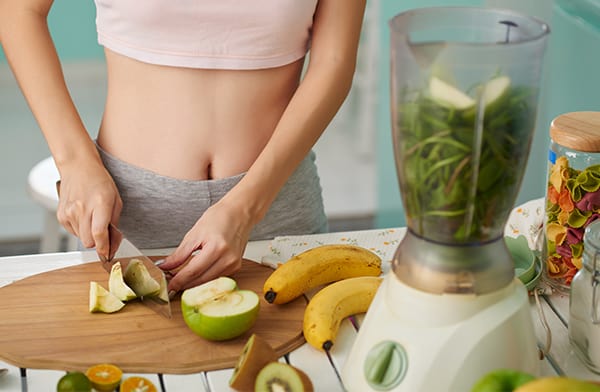
How many times have you made a large batch of smoothie and left the remainder for later, only to find it has turned brown and gotten a weird texture when you go to drink it?
There are plenty of good options for saving smoothies for later – either later in the day or later in the week – you just have to prepare in advance. I have a guide on preserving smoothies to drink later, too.
9: Your Smoothies Don’t Have Enough Protein
A good smoothie needs protein. Why? Protein is filling, and it’s a good way to give you energy that takes longer to break down and be used by your body over the course of a day than sugar. It’s also a lot healthier than a mostly sugar-based smoothie full of nothing but fruit.
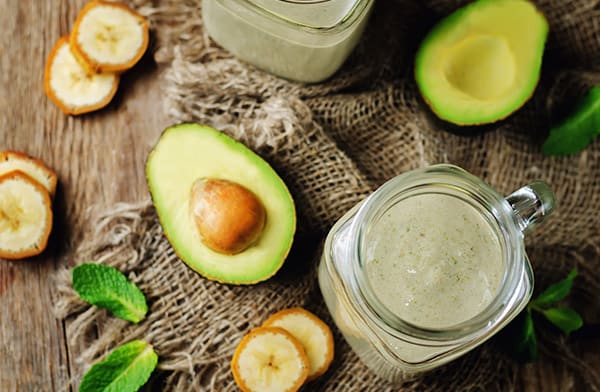
There are a lot of different ways to add protein to your smoothies. Some of them are a little weird, like cottage cheese or tofu. Others are more common, like nut butters or chia seeds. One of my favorites is avocado, which has a decent amount of protein and a bunch of healthy fat. Plus, it helps make a smoothie even creamier, and who doesn’t want that?
10: Your Smoothies Aren’t Nutritious Enough
I prefer to recommend my smoothies as a meal replacement, which is what the Smoothie Diet is all about. When you take a 400-calorie breakfast and replace it with a 200-calorie smoothie, that’s pure savings. Especially if your smoothie is made of filling ingredients and helps prevent snacking throughout the day, as well.
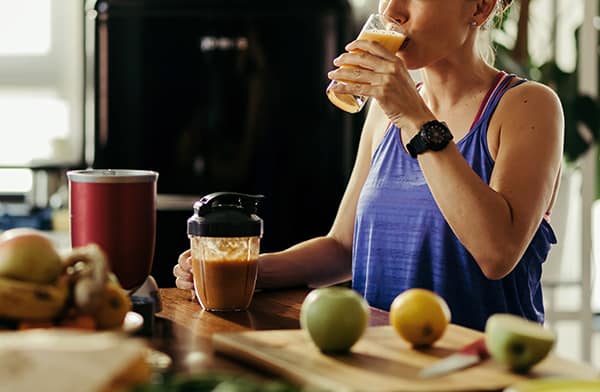
When your goal is a meal replacement, your smoothies need to be more substantial than the kind you might just mix up with some fruit or buy at a smoothie bar. Protein, fats, fiber; it all has its place. If you want to make sure your smoothies are healthier and better meal replacements, check out this post. Alternatively, just check out my recipes directly in the Smoothie Diet.
11: You Aren’t Adding Ingredients in the Right Order
Did you know that there’s more to smoothies than just adding everything to a blender and holding down a button until it’s smooth? That can work with well-designed, expensive blenders, but it’s not always possible.
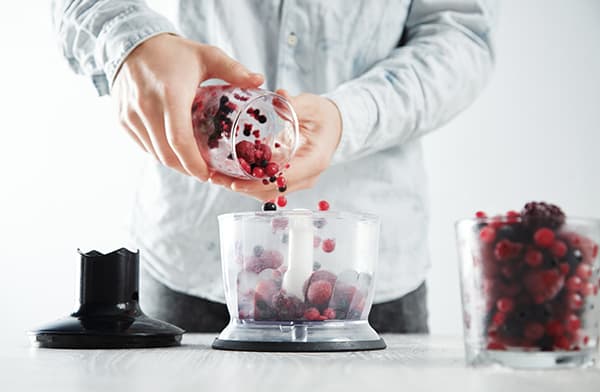
I recommend this:
- Add your liquid.
- Add dry ingredients like oats.
- Add your greens.
- Add fats like nut butters.
- Add your fruit.
- Blend to combine.
- Add any frozen ingredients, like ice or frozen fruit.
- Blend again.
- Add anything you need to adjust texture, and blend a final time.
This process ensures that you’re blending up every ingredient properly. In particular, greens often get stuck or don’t blend right, so using this process ensures they’re properly blended up.
12: Your Blender Isn’t Up to the Task
The blender you get is almost as important as the recipe you use. Capacity, blending power, design of the carafe; it’s all important. I have several recommendations for the best blenders on the market. You can read my most recent guide here.
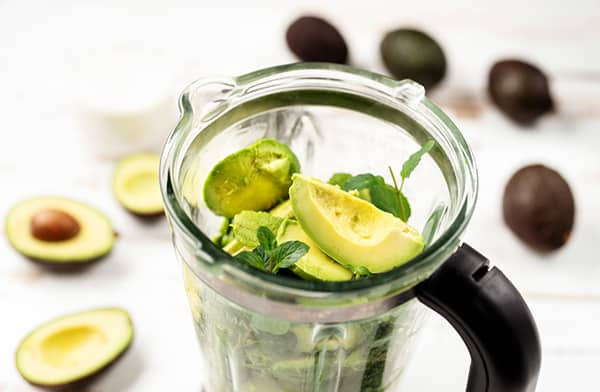
Suffice it to say that you don’t need a $700 monster of a blender taking up half your kitchen space to make good smoothies. You just need something strong enough to blend up frozen ingredients and high enough quality to last through daily use.
13: Your Smoothies Aren’t Creamy Enough
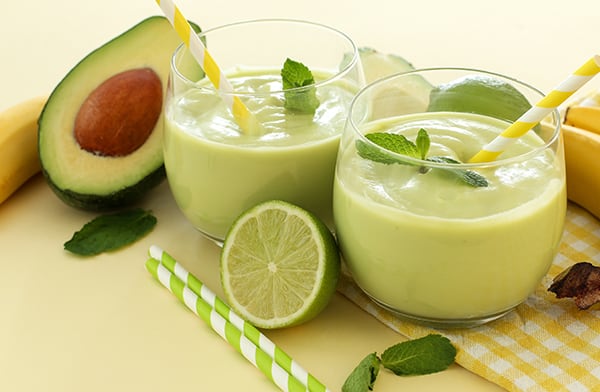
If you want your smoothies to be creamier, you need to add creamier ingredients. Healthy fats also go a long way towards helping even out textural problems. I stand by avocado as a top-tier ingredient. Not only does it make your smoothie creamier, but it can also hide the texture of gritty things like hemp and chia seeds as well.
14: Your Smoothies are Just Too Large
Portion control is a big deal when you’re trying to lose weight, whether you’re doing it with smoothies or with something else. It’s extremely easy to just add slightly larger handfuls of fruits or greens and end up with a smoothie that’s much larger than it needs to be.
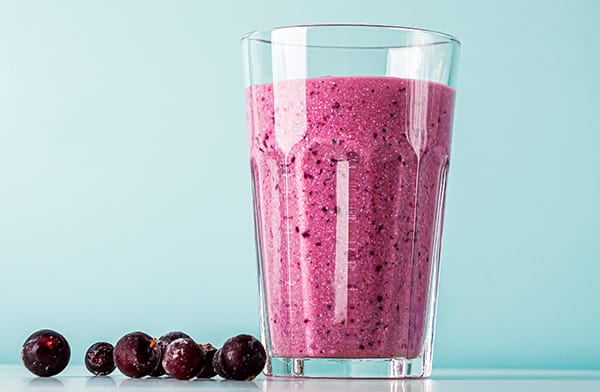
The best defense here is measuring. Make sure to measure your ingredients by weight, if possible, to ensure that every smoothie comes out the same size. If you don’t want to do that every day, you can pre-make smoothie packs and save them to just add to your blender without the hassle.
15: You’re Justifying Eating Worse with Smoothies
“I had a smoothie for breakfast; that means I can justify dessert!”
Smoothies only help you lose weight when you use them properly. That means three things:
1. You need to make sure your smoothies are healthy and filling.
2. You need to make sure you’re replacing higher-calorie meals with lower-calorie smoothies.
3. You need to adjust your remaining meals to be healthier.
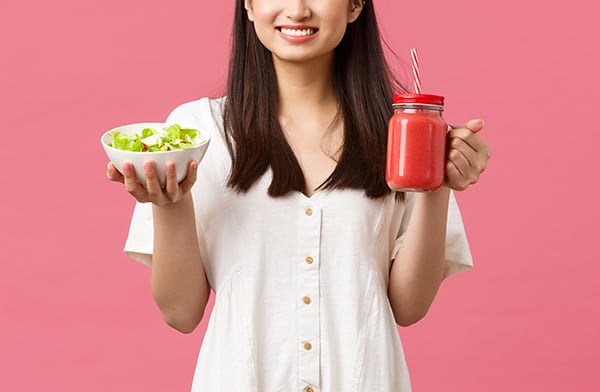
If you just replace those calories somewhere else, you’re not going to lose weight, now are you?
So that’s it! Those were 15 of the most common mistakes I’ve seen people make with smoothies and how you can avoid them! Now, did you, by chance, have any additional questions that weren’t covered in today’s article? If so, please feel free to reach out and contact me at any time! I’d absolutely love to help you on your smoothie journey however I possibly can!
